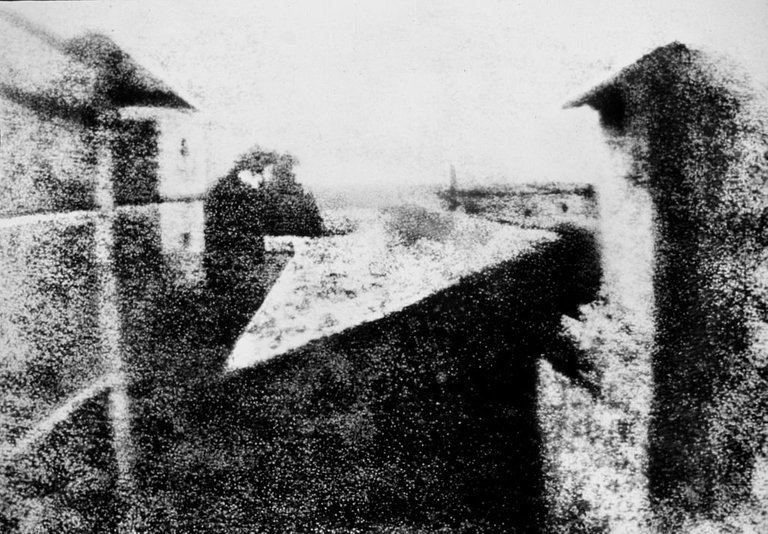The historical backdrop of photography has establishes in remote relic with the disclosure of two basic standards, that of the camera obscura picture projection and the way that a few substances are obviously adjusted by introduction to light, as found by perception. Aside from an extremely indeterminate process utilized on the Turin Shroud there are no antiquities or portrayals that show that anybody even envisioned catching pictures with light delicate materials previously the eighteenth century. Around 1717 Johann Heinrich Schulze caught cut-out letters on a container of a light-delicate slurry, yet he evidently never thought of making the outcomes tough. Around 1800 Thomas Wedgwood made the main dependably archived, albeit unsuccessful endeavor at catching camera pictures in lasting structure. His analyses produced point by point photograms, however Wedgwood and his partner Humphry Davy found no real way to settle these pictures.
In the mid-1820s, Nicéphore Niépce first figured out how to settle a picture that was caught with a camera, yet no less than eight hours or even a few days of presentation in the camera were required and the most punctual outcomes were extremely rough. Niépce's partner Louis Daguerre went ahead to build up the daguerreotype procedure, the main freely reported and industrially practical photographic process. The daguerreotype required just minutes of presentation in the camera, and created clear, finely nitty gritty outcomes. The subtle elements were acquainted as a blessing with the world in 1839, a date for the most part acknowledged as the birth year of down to earth photography.[1][2] The metal-based daguerreotype process soon had some opposition from the paper-based calotype negative and salt print forms created by William Henry Fox Talbot. Consequent advancements made photography less demanding and more adaptable. New materials lessened the required camera presentation time from minutes to seconds, and in the long run to a little part of a moment; new photographic media were more conservative, touchy or advantageous, including move films for easygoing use by novices. In the mid-twentieth century, improvements made it workable for beginners to take pictures in normal shading and in high contrast.
The business presentation of PC based electronic computerized cameras in the 1990s soon altered photography. Amid the principal decade of the 21st century, conventional film-based photochemical strategies were progressively underestimated as the viable points of interest of the new innovation turned out to be generally valued and the picture nature of respectably evaluated advanced cameras was constantly moved forward. Particularly since cameras turned into a standard component on cell phones, taking pictures (and in a flash distributing them on the web) has turned into an omnipresent regular practice the world over.
Up vote me . @rafiul010
Your post is very nice.
thanks rafiul010
very nice your posts ......I follow you now.